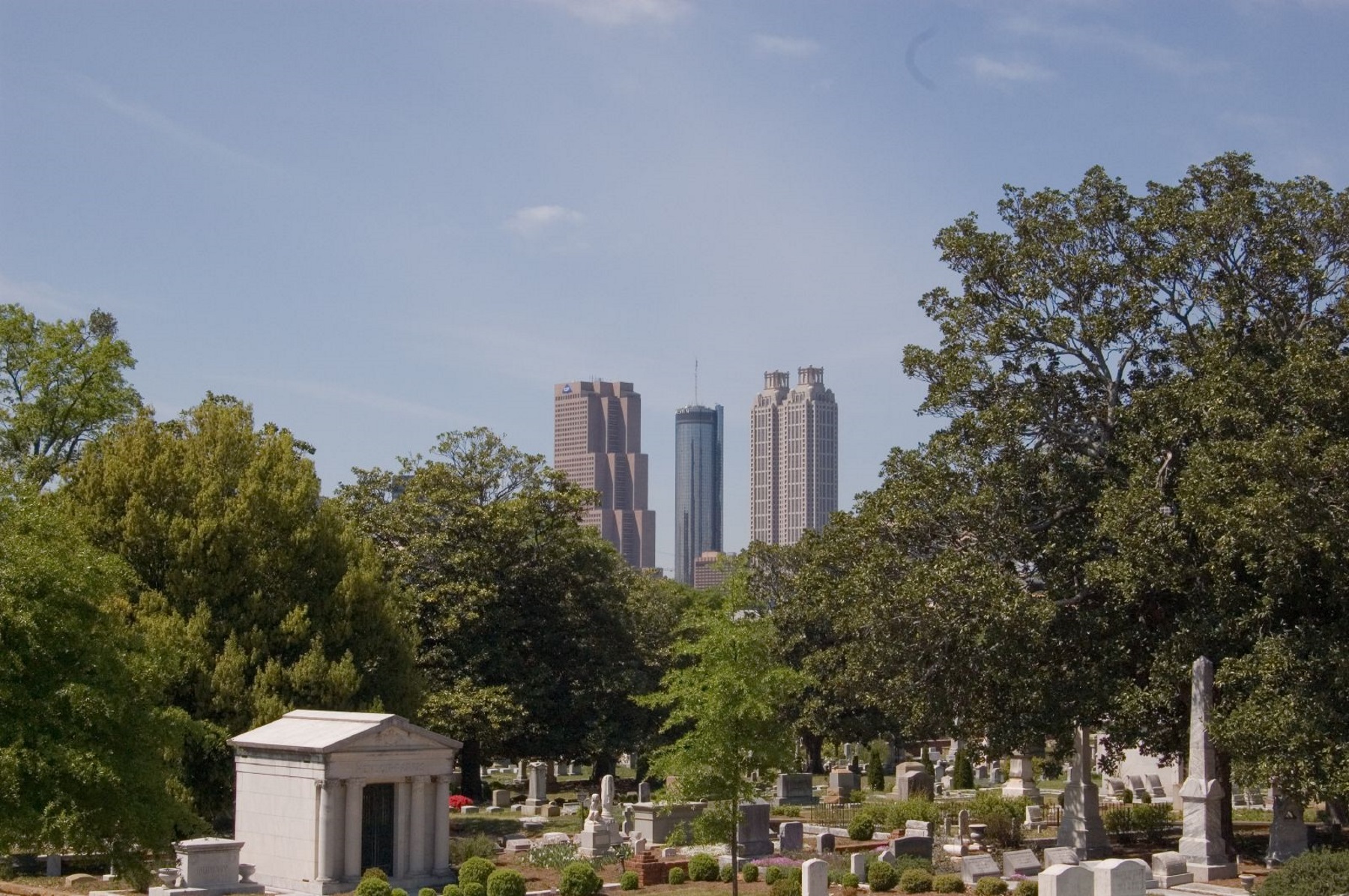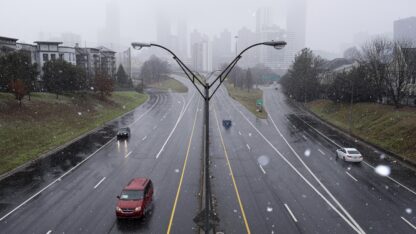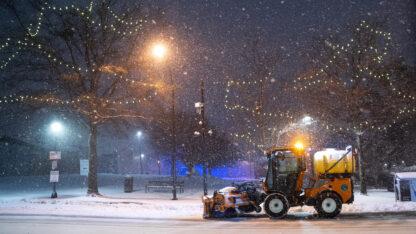The African American Grounds at Atlanta’s Oakland Cemetery need a face-lift.
Some headstones have cracked or sunk underground, and hundreds of probable burials in that area are unmarked.
The Historic Oakland Foundation says it needs approximately $400,000 to completely restore the section.
Like us on Facebook
In October, the Oakland Cemetery raised around $9,000 during its annual “Capturing the Spirit of Oakland” Halloween tours. Around 7,000 people attended the event and heard the stories of seven Oakland residents portrayed by actors. In 2016, Oakland raised $7,500 from the tours.
To raise more money, the foundation will be partnering with other nonprofits in Georgia on Nov. 28 for Georgia Gives Day, an annual campaign that supports nonprofits statewide. Oakland’s goal is to raise $5,000 by midnight Nov. 28.
History
In 2016, a ground-penetrating radar survey found 872 probable unmarked burials lying beneath the 3.5-acre area, according to a news story on Oakland’s website.
Oakland Cemetery is Atlanta’s oldest municipal burial grounds and the final resting place of many famous Georgians. It stretches 48 acres and bears much of Atlanta’s Civil War-era history.
Back then, people of color were buried separately from whites in a section known as the “Slave Square,” according to Oakland Cemetery’s website. In 1877, remains in the Slave Square were exhumed and reburied in a new section that is now known as the African American Grounds.
Oakland Cemetery’s website says that the African-American section has not received any major renovations in more than 100 years.
Historic Oakland Foundation Development Director Laura Hennighausen said the lack of major renovations is a reflection of how the history of African-Americans has been treated both locally and nationally.
“It was just not a priority for a long time,” she said. “There has been work; it was not completely neglected. It has not been a concerted effort, and I think that’s just how it has been, unfortunately.”
She explained why many headstones may be missing from the African American Grounds. African-American families may have marked burial sites with biodegradable materials like flowers or bushes, and sometimes they could not afford headstones at all.
She added that funeral homes would provide headstones made out of concrete to serve as temporary markers, but because many families could not afford to replace it with a material that would last longer, the concrete headstones remained on the gravesites. She said some concrete headstones have been preserved at Oakland Cemetery.
Surveying The Section
In 2016, surveyors used ground-penetrating radar (GPR) and highly precise GPS to find materials like coffins or headstones underground, and Oakland Cemetery marked their findings with little orange flags.
Oakland Cemetery’s marketing and public relations manager Pam Henman said that not every orange flag represented a body. The GPR could have picked up a buried coffin, walkway, headstone or flower urn.
“When they did the GPR, the radar hit something underground, (and) that resulted in us flagging it,” Henman said. “When we first announced it, a lot of news media were saying, ‘900 bodies found at Oakland,’ and that’s absolutely not true. It’s possible, but we don’t know for sure.”
Henman said the orange flags were replaced with orange tape, but Oakland has digital records of the probable unmarked burials.
However, Hennighausen said the true number of unmarked burials may be closer to 1,000.
“Once our restoration team started doing work in that area, they think that the number could actually be higher (than 872),” she said.
Hennighausen said that the money raised from Georgia Gives Day will go directly toward landscape and hardscape renovations in that area.
“We have a good plan to be working every month of next year in the section, so, hopefully, with more donations, we’ll be able to continue to work pretty quickly,” Hennighausen said. “I think it’s really important that we are exploring all the people that we can and everything that they did for us in the city.”









